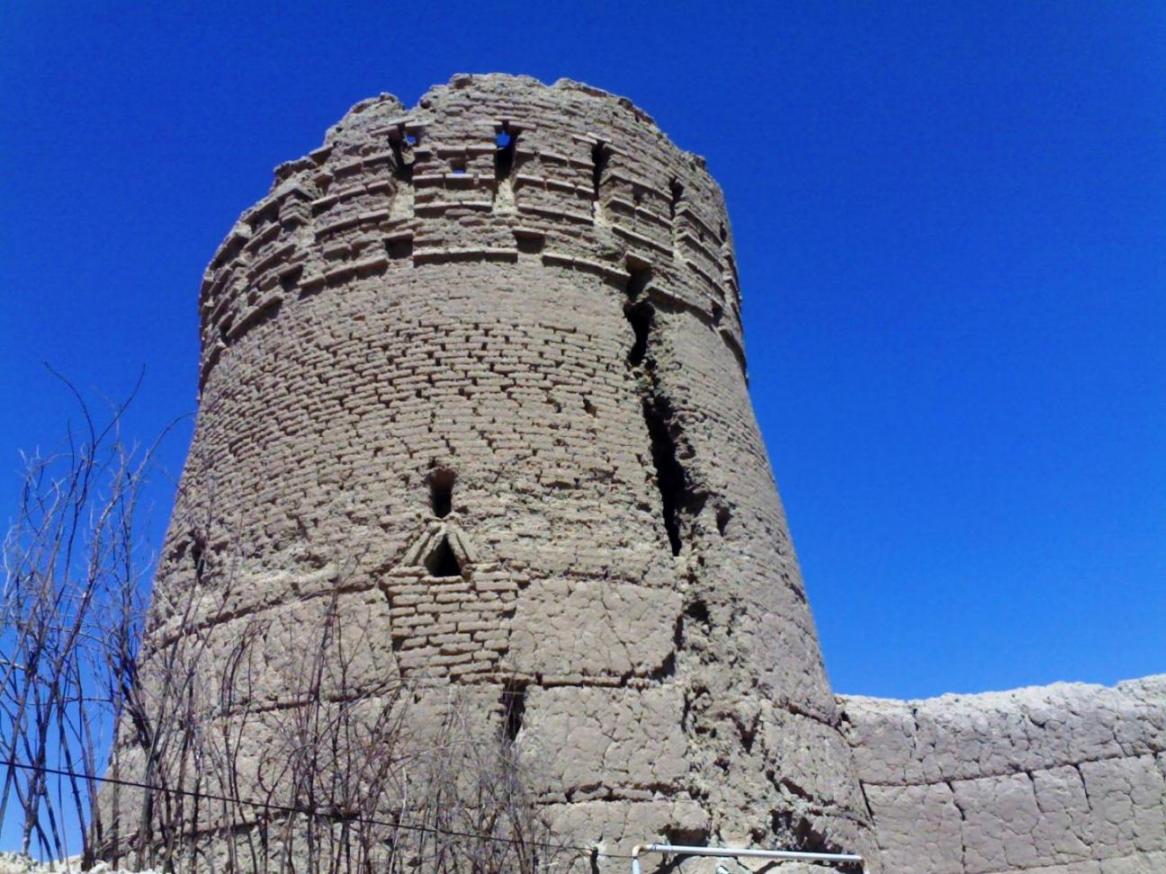Restoration work on Aqda’s historical texture in Ardakan County in the central Yazd Province was botched to the point that the provincial office of the Iran Cultural Heritage, Handicrafts and Tourism Organization had no option but to kill the project entirely.
The 6,000-year-old city’s historical texture was (and is) in dire need of restoration, prompting the municipality to tender the work to a private contractor in the summer and allocate 1.4 billion rials ($39,000) to the project.
Six months later and cultural heritage officials have been forced to stop the project due to substandard methods that have left the ancient texture in a state that is worse than when restoration work commenced.
The provincial ICHHTO claims the restoration project was sanctioned by the municipality, without the organization’s approval. “Nobody consulted us,” Mohammad Mehdi Sherafat, head of the provincial ICHHTO, told Mehr News Agency.
He said his organization has been trying to get the municipality involved in cultural heritage affairs, and even though “there is genuine interest at the municipality to help restore the city’s historical heritage, what happened was wrong.”
At the beginning of the year (March 2015), the municipality earmarked 30 billion rials ($83,000) to be spent on the restoration of cultural heritage sites and repurposing historical houses into lodging facilities, a testament to provincial officials’ apparent commitment to developing local tourism by investing in historical sites.
According to the officials both the quality of work and the material used to restore the city’s historical texture do not pass muster. “Nevertheless, we managed to put an end to the project before it could cause irreparable damage,” Sherafat said.
Given the fact that the municipality tendered the project in June, it is unclear why the ICHHTO did not intervene at the time.
Hamid Moshtaqian, who is in charge of Ardakan County’s historical textures, refused to explain why the project was not supervised and who is responsible, Mehr News Agency reported.
The city’s historical texture covers a quarter of the city, or 30 hectares, and boasts architectural styles from different eras, from the Muzaffarid Dynasty (1314-93 A.D.) to contemporary times.


